
The American single malt whiskey category is booming right now. It’s still nowhere near as huge as Scotch single malt whisky, as historic and prestigious a liquor designation that exists, but American single malts (ASM) are beginning to grab the world’s attention — through amazing releases by distillers who truly care about the history and authenticity of single malt. What better time than right now to pit some ASM whiskeys against some hard-core classic Scotch single malts?
For this blind tasting, I grabbed four modern classic American single malt whiskeys and four stone-cold classics from Scotland to see how they stacked up. I’m not looking for one region to dominate the other per se, I’m more looking at how they compare on the nose and on the palate, and which one is the best of the pours in front of me. I guess I also want to see which ASM whiskeys will break into the top four and which Scotch whiskies will fall into the bottom four too.
Our lineup today is:
- Glenmorangie The Original 10-Year
- Speyburn 15
- Lost Lantern St. George Spirits California Single Malt Whiskey
- Virginia Distillery Co. Courage & Conviction
- Glenrothes 18
- Balcones Texas Single Malt Whisky
- The Balvenie 12 Double Oak
- Westland American Single Malt Whiskey
Let’s get tasting!
Also Read: The Top 5 UPROXX Scotch Whisky Posts of The Last Six Months
- The 50 Best Scotch Whiskies Of 2021, Ranked
- The 100 Best Whiskeys Our Head Drinks Writer Tasted In 2021
- The Best Scotch Whiskies Under $50, Ranked
- Every Scotch Whisky Brand From Diageo’s Massive Portfolio, Ranked
- The Best Value-Per-Dollar Scotch Whiskies, Ranked
Part 1: The Tasting
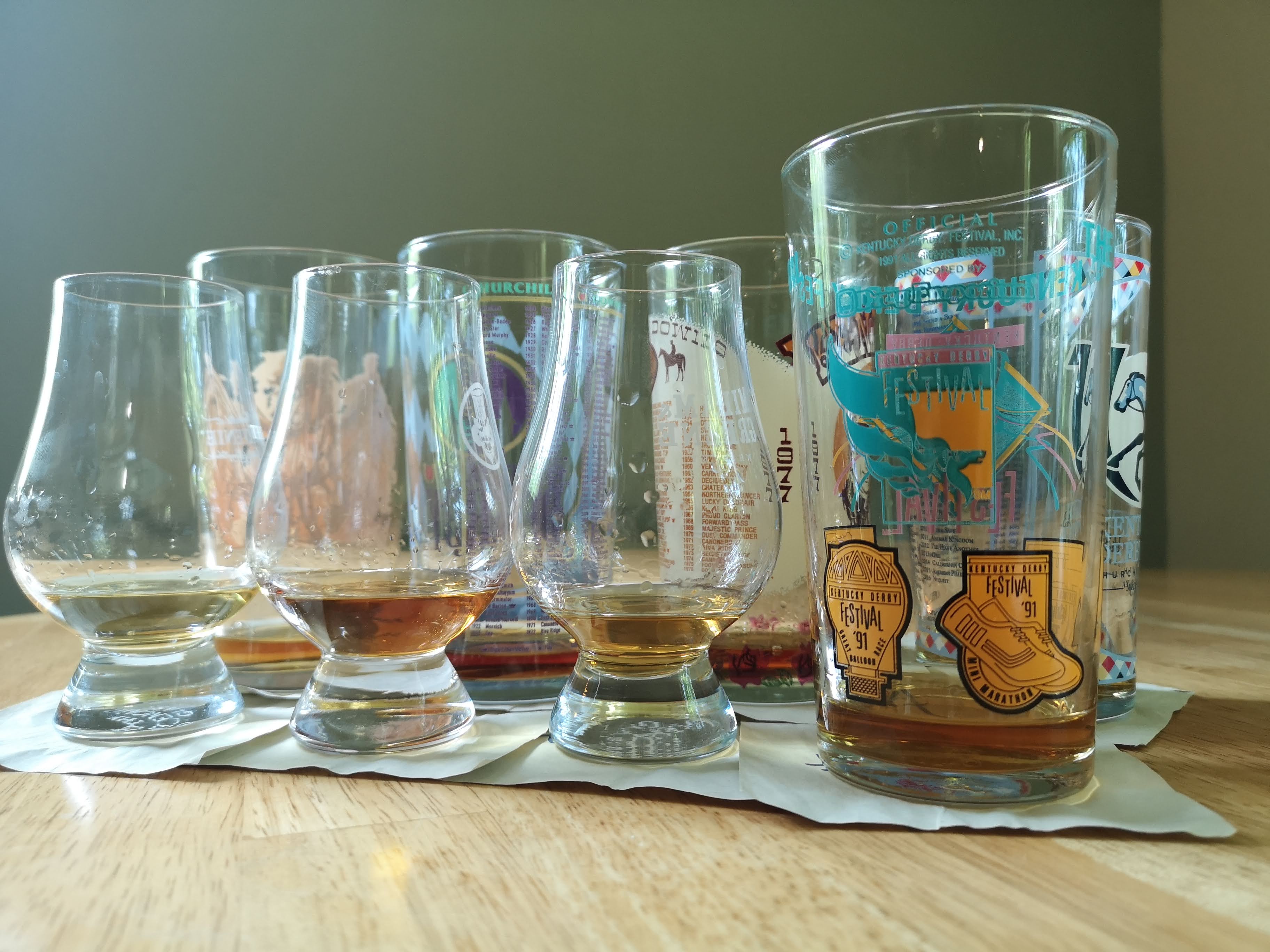
Taste 1
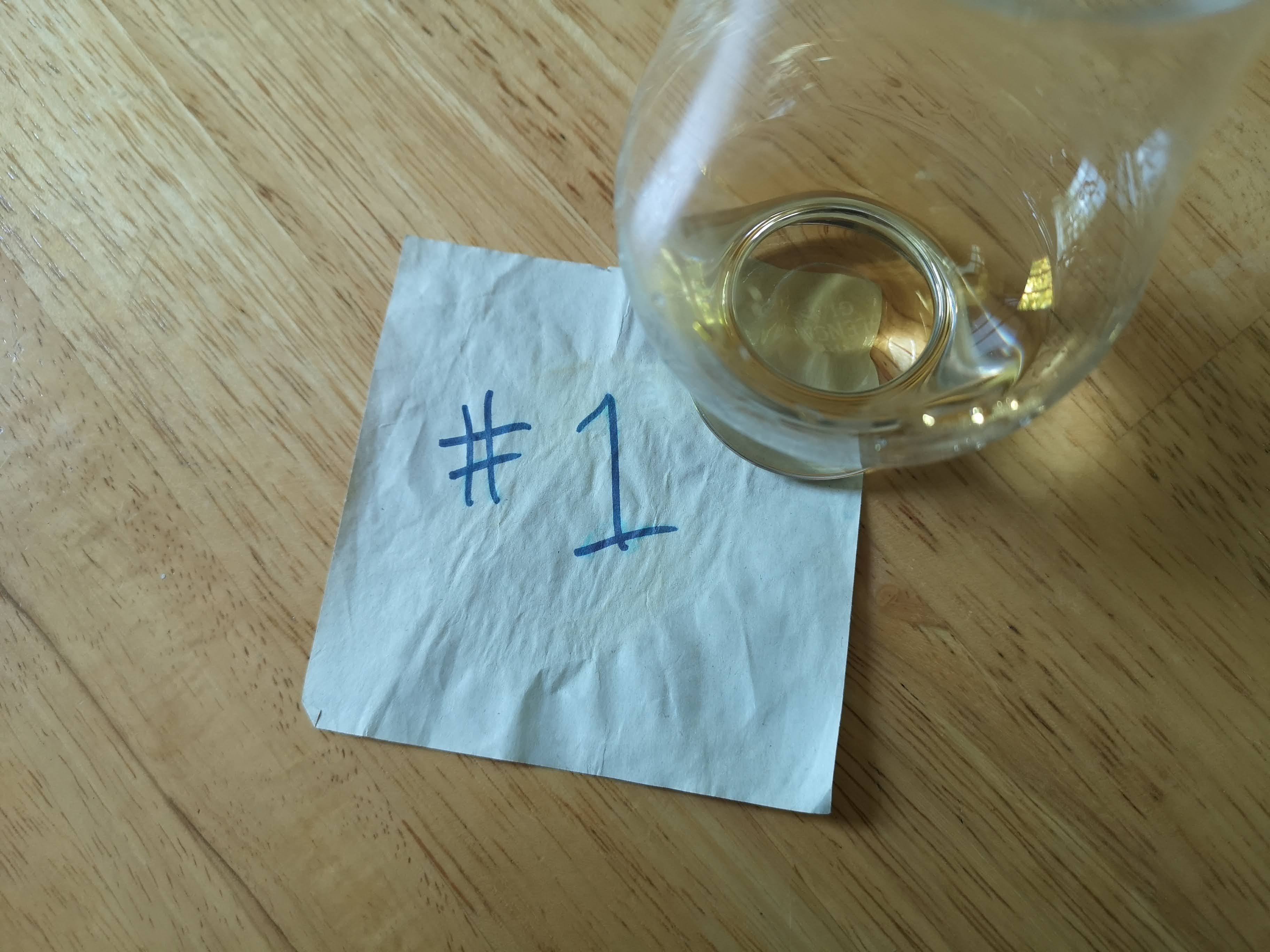
Tasting Notes:
The nose opens with soft grains next to a rush of dried fruits and supple leather with a floral hint that leans toward dry hibiscus and fresh woodruff. The palate is gentle with hints of wet malts next to powdered dark spices, fresh honeycombs, and a thin line of vanilla oils just touched with orange zest and maybe a twinge of grapefruit.
This is complex yet so smooth and inviting. This is a great pour to start with and likely something made by Dr. Bill Lumsden (if you know, you know).
Taste 2
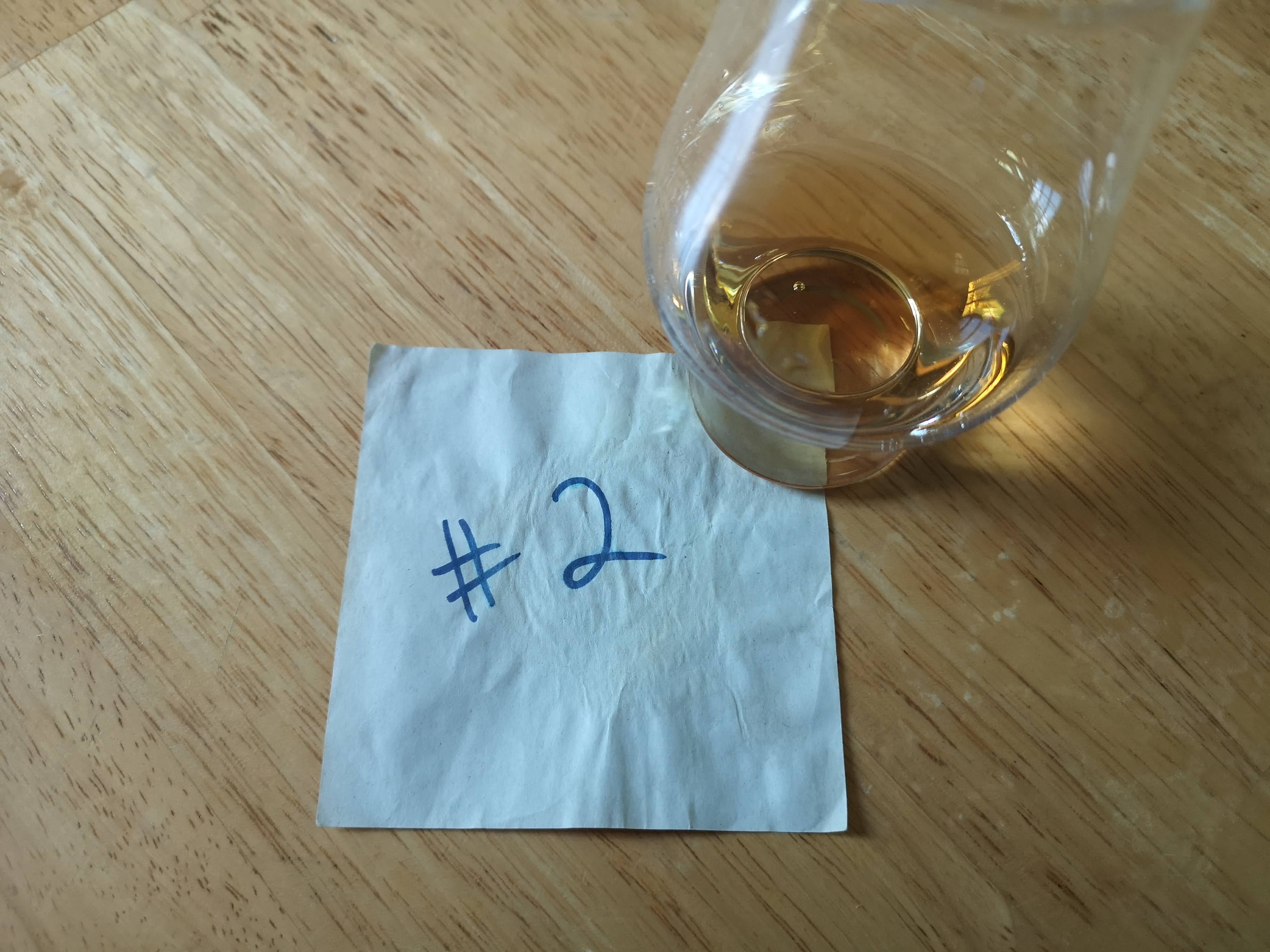
Tasting Notes:
Interesting. This opens with a pinch of Kosher salt next to dried grass husks with soft leather and a hint of carambola on the nose. The palate sweetens toward a pear candy with a touch of passionfruit tartness next to grapefruit oils, nutmeg and allspice, and honey candies. The finish rides that bright and fresh fruit toward a soft landing in a pillow of malts and subtle winter spices filtered through a vanilla cake.
This is pretty f*cking outstanding.
Taste 3
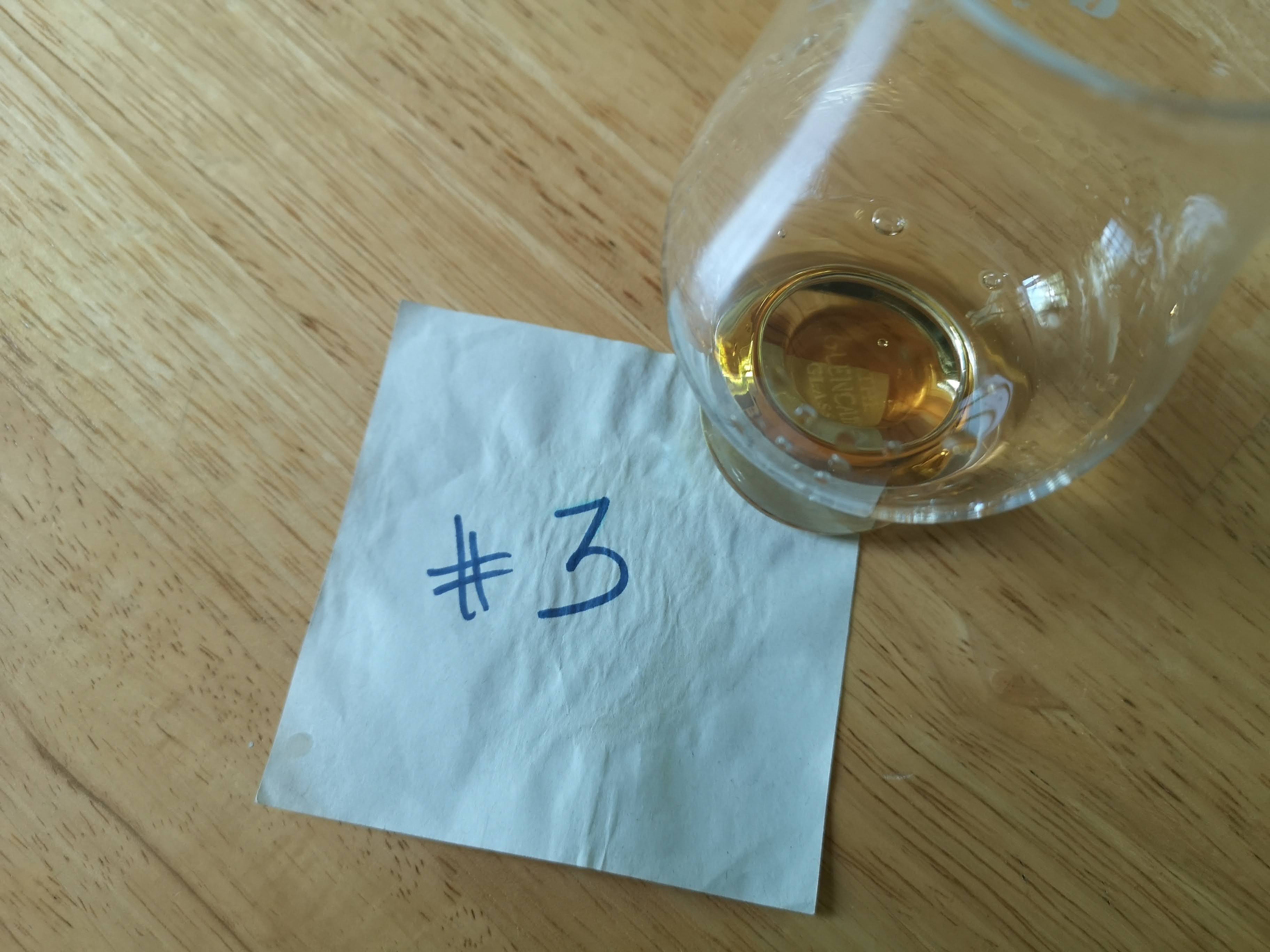
Tasting Notes:
Woah… This is a massive 180 with a nose that’s dominated by lemon candy, bitter lemon soda, fresh sawdust, and a pre-mixed Bellini. The palate really leans into the lemon candy with a counterpoint of … I want to say white asparagus. A hodgepodge of red licorice ropes and mixed melon balls draw out the finish with a fruity sweet/savory vibe.
I don’t know if I love this or hate it with the fire of a million suns. Time will tell.
Taste 4
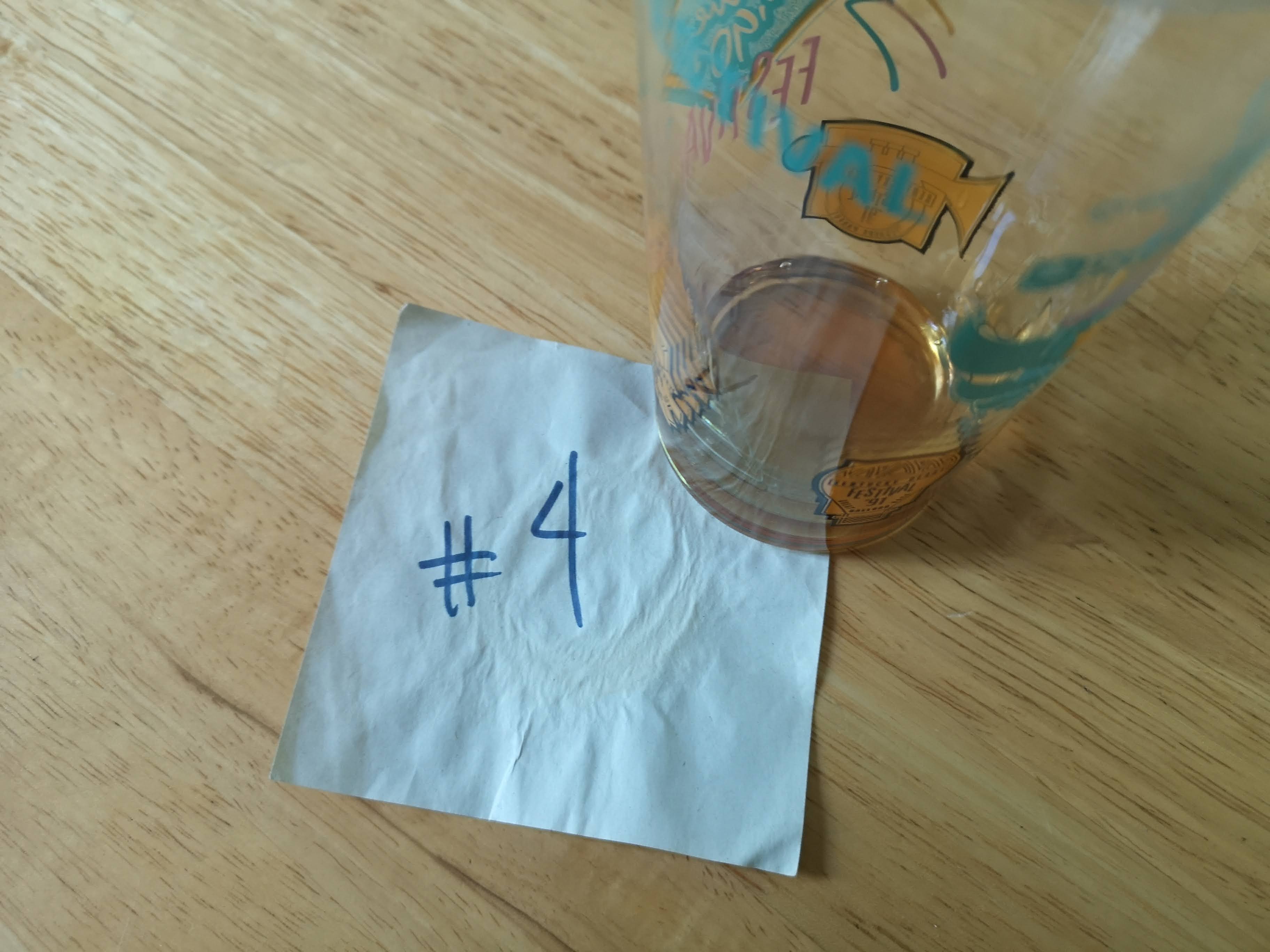
Tasting Notes:
The nose opens with a clear sense of dark cacao nibs with a waxy vibe from off the tree next to classic Almond Roca candies (very Pacific Northwest) and a nice counterbalance of tart berries that range from fresh raspberry to sour cherry. The palate starts off with a creamy mocha latte with nice layers of vanilla beans, nutmeg, cinnamon candy, and marzipan. The mid-palate moves away from the sweetness toward dry wicker with a soft and supple maltiness that’s part spiced malt and part soft cacao powder.
This was unique and had a point of view. It’s also super easy to drink. I can see this ranking pretty damn high.
Taste 5
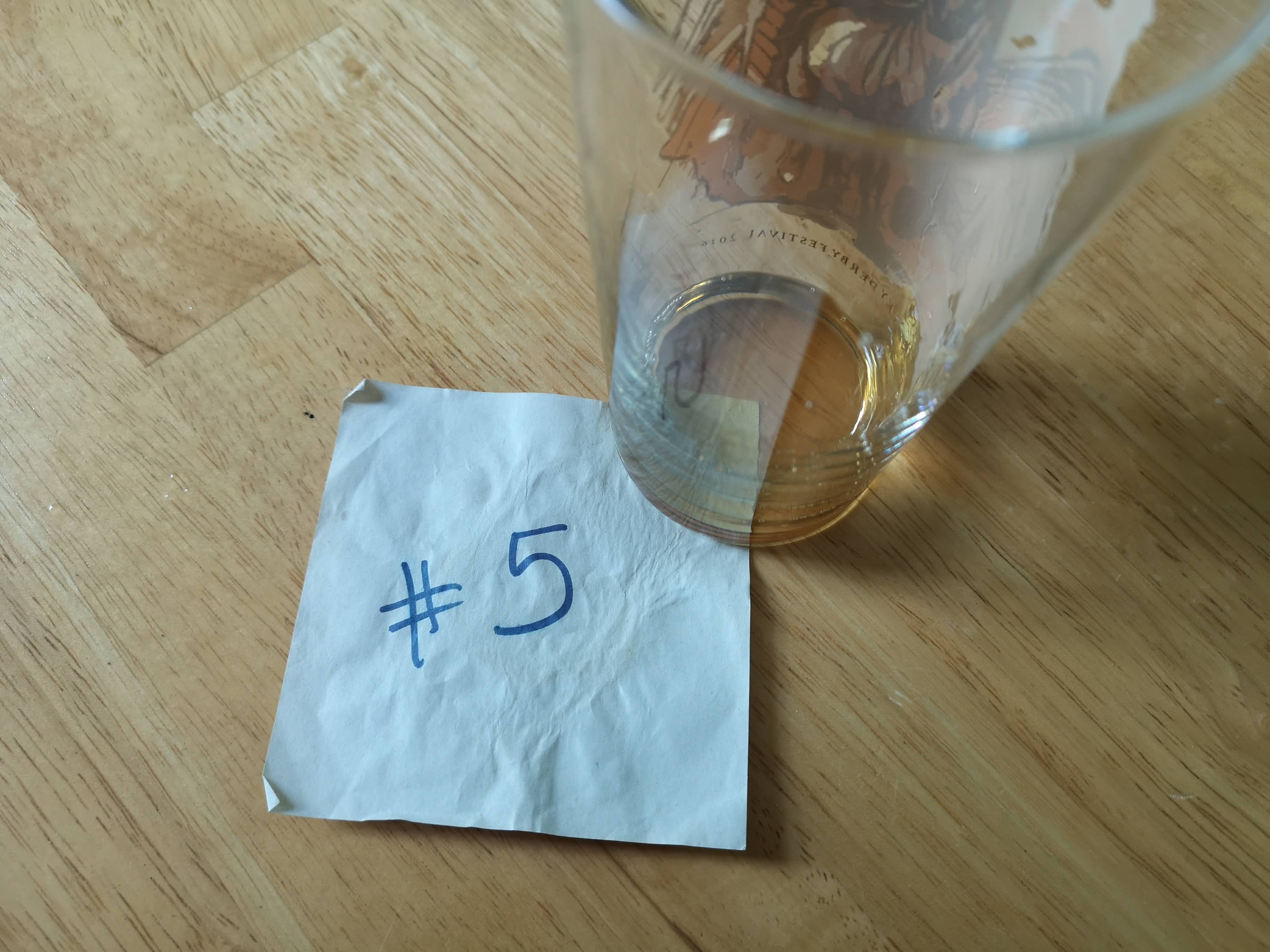
Tasting Notes:
The nose draws you in with a mix of toasted malts with a touch of pear candy next to small lines of winter spice, dry straw, and a hint of mint tobacco. The palate sweetens with the malts before veering into crème brûlée with a little cinnamon sharpness and sweetness before leaning back on the savory fruit, think figs. The end is full of rock candy and a dash of dried oak staves.
This was very much “fine” and “interesting” and all of that. But … we’ll see.
Taste 6
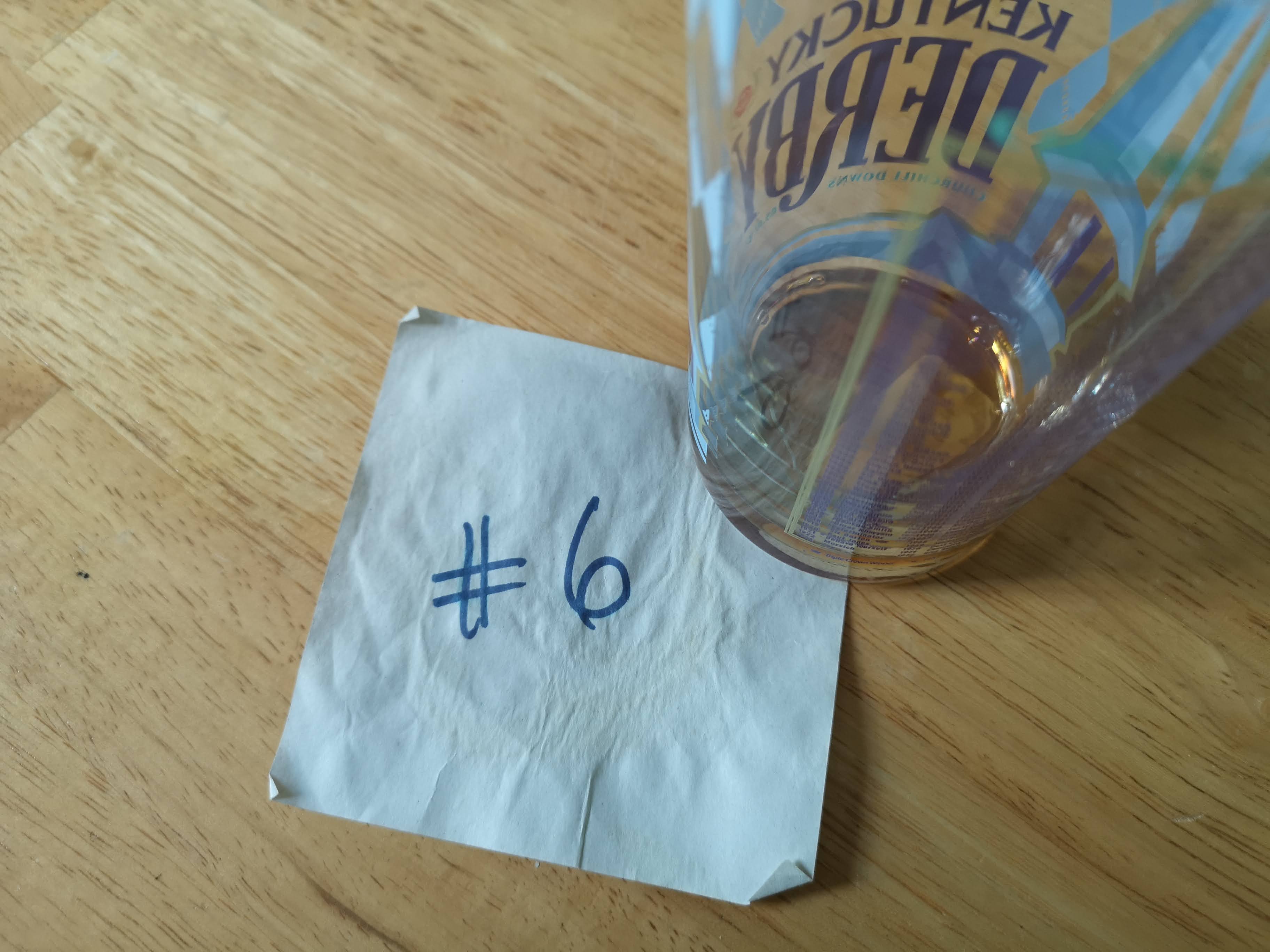
Tasting Notes:
You can smell the high ABVs on the nose with a good dose of pecan waffles, maple, and sharp sarsaparilla. The palate is creamy but hits on some serious warmth with those ABVs promised on the nose as pear candy mixes with fresh ginger and a pile of pecan shells next to a hint of floral Earl Grey. The finish leans into the dryness of the nutshell and tea while hinting at the maple and sarsaparilla from the nose.
This definitely needed a single rock to calm it down. I’m guessing there are a ton of flavor notes just waiting for you to find after it blooms with that touch of water.
Taste 7
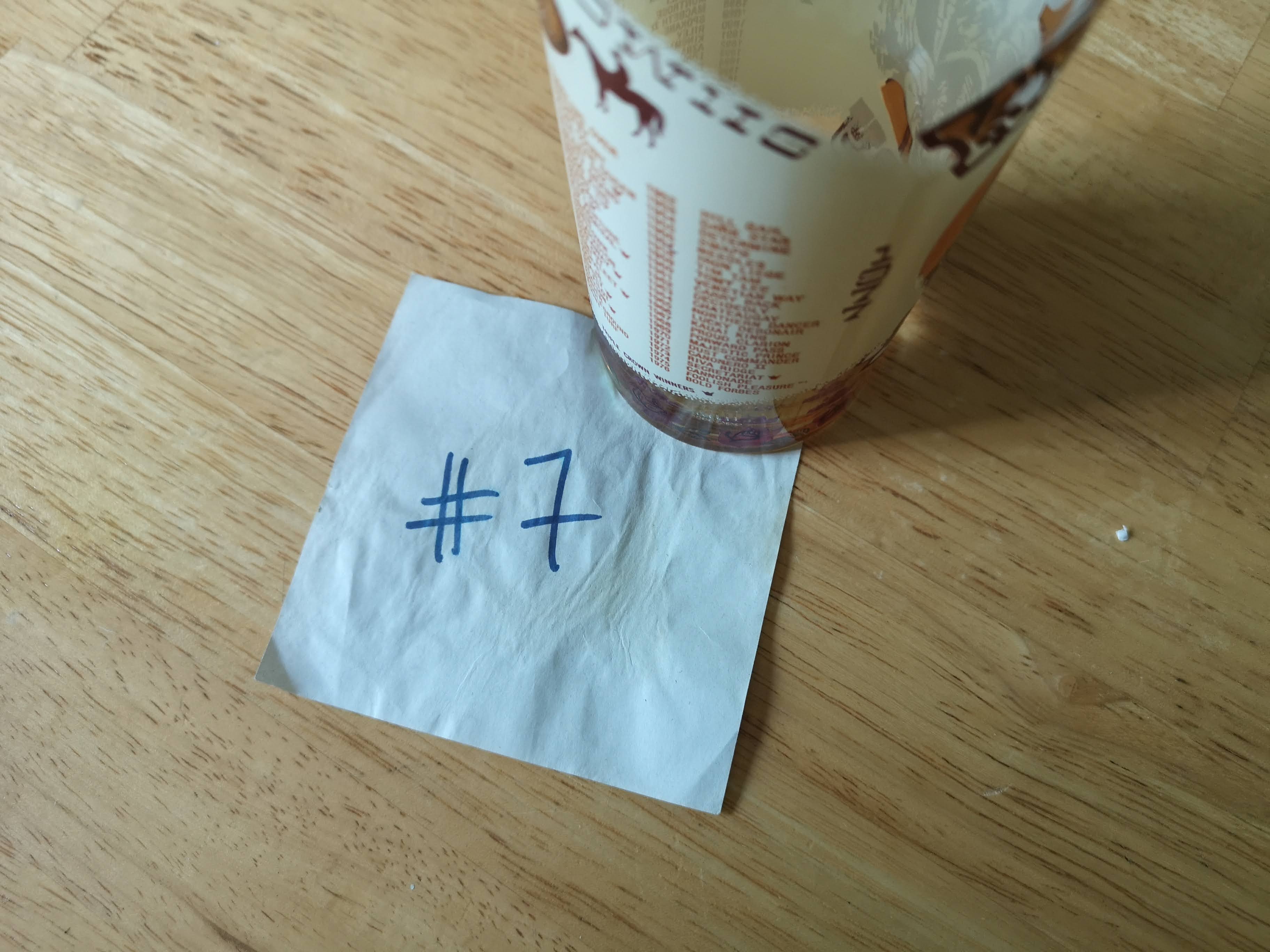
Tasting Notes:
This opens with floral honey next to a vanilla wafer, apple blossoms, and a hint of summer wildflowers. The palate is a nice mix of classic maltiness with a twinge of spice next to honey and Scotch broom. The end is honeyed and spiced with nutmeg, clove, and allspice with a soft landing in sweet malts that hint at tobacco.
This was really nice but felt like more of a great cocktail base than a classic sipper.
Taste 8
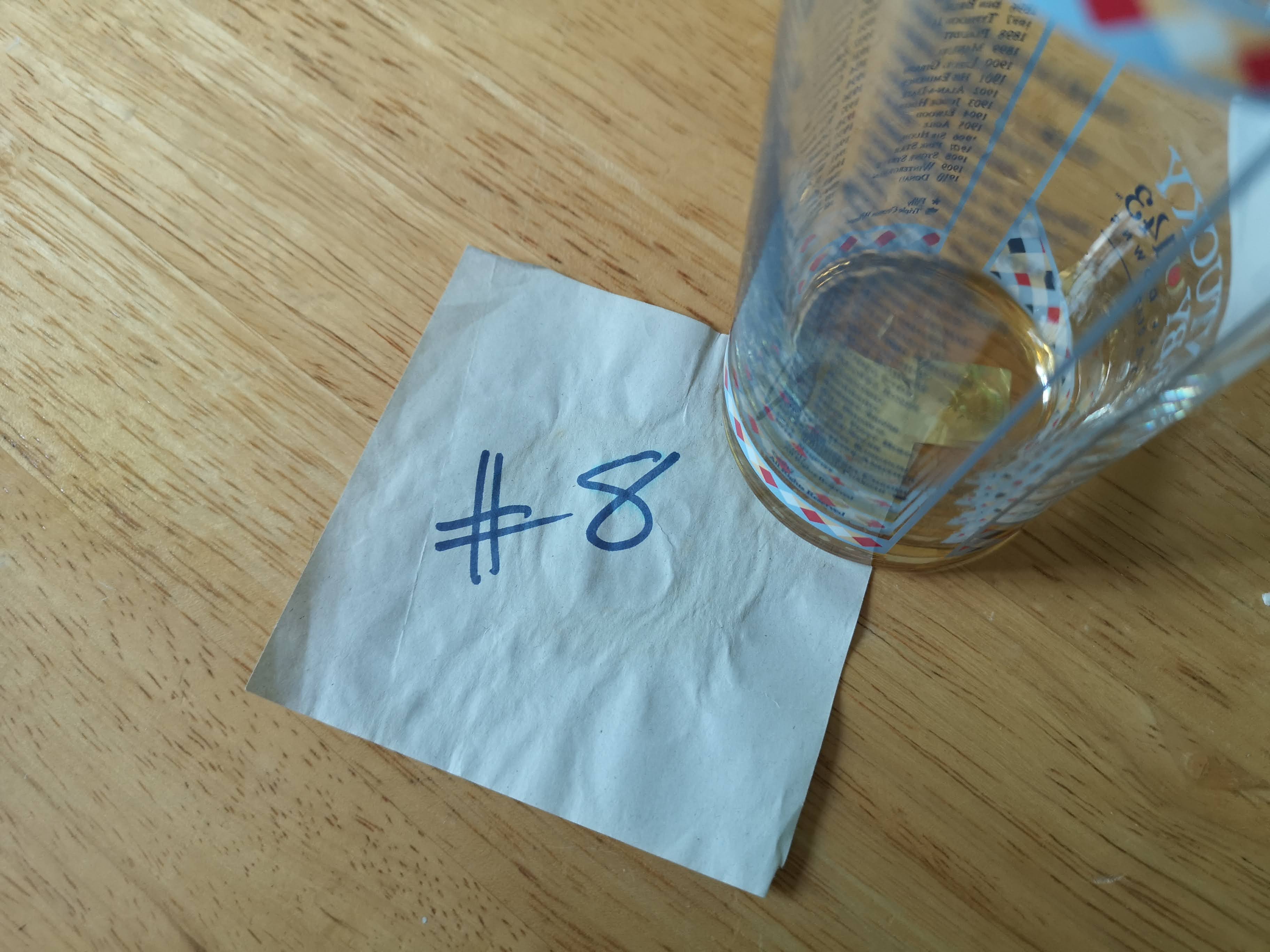
Tasting Notes:
Candied lemon rinds and creamy vanilla lead to a soft sense of mocha lattes and Earl Grey on the nose with a very distant hint of something umami in there (maybe a mushroom powder?). The palate is pretty sweet with candied malts, more of that mocha creaminess, and a hint of black bananas. The end is a mix of Almond Joy and ripe cherry with a thin landing with hints of banana bread and milk chocolate.
This felt a little less distinct than it could have been. It was a tad muted.
Part 2: The Ranking
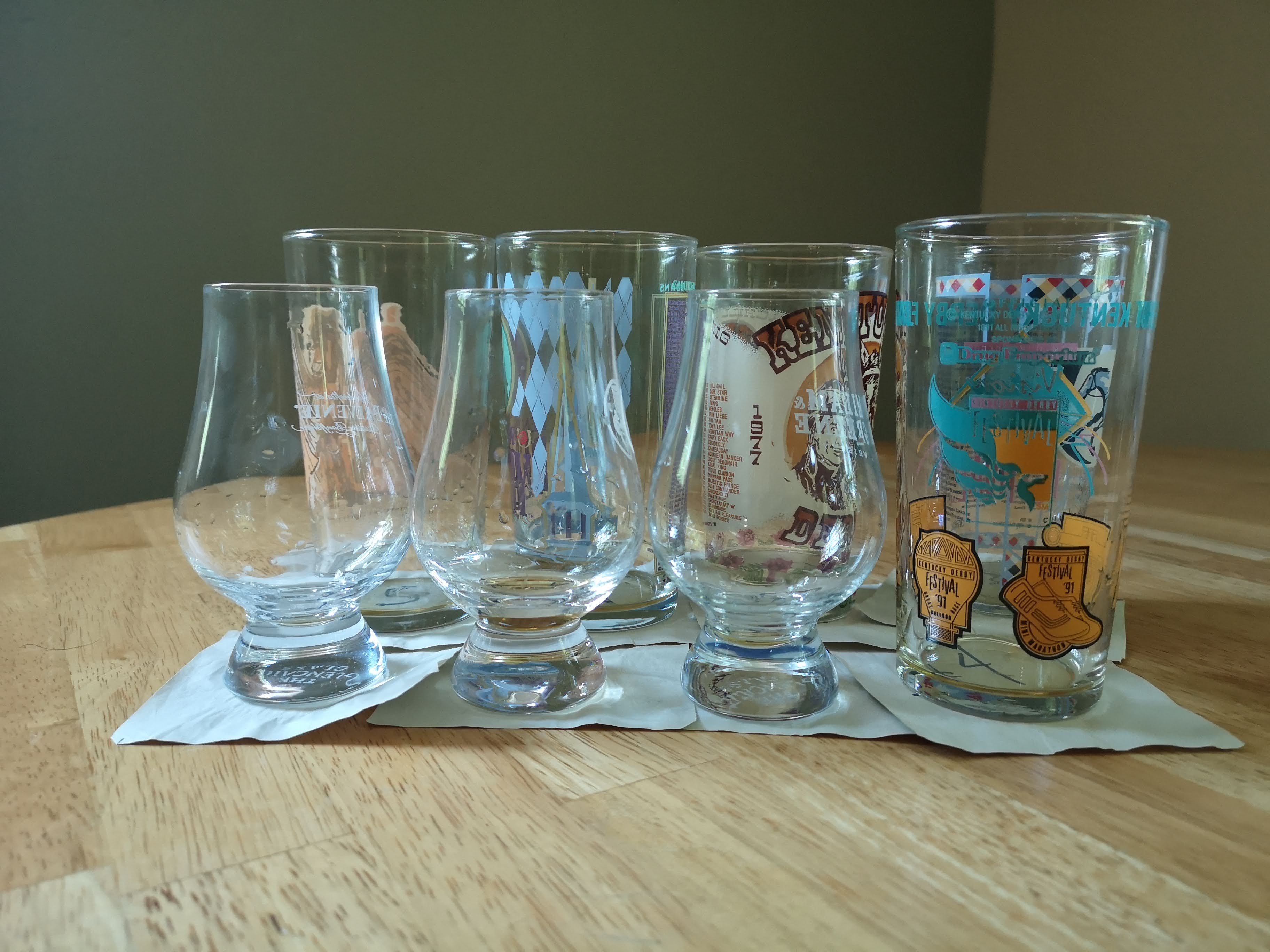
8. Lost Lantern St. George Spirits California Single Malt Whiskey — Taste 3
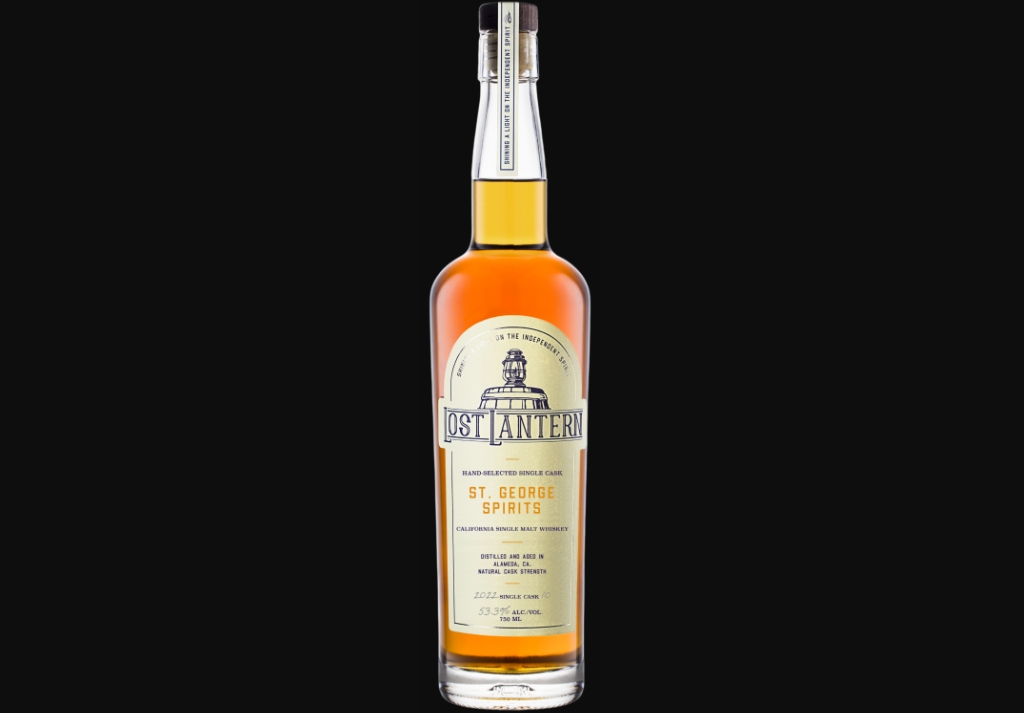
ABV: 53.35%
Average Price: $160
The Whisky:
St. George — in Alameda, California — is technically America’s first (modern) craft distillery, founded all the way back in 1982. The juice in the bottle is a single barrel release of only 215 bottles. The whisky is made with 100 percent malted barley that’s aged for a mere three and ten months in new American oak. The single barrel that Lost Lantern picked was then bottled as-is with no filtration, cutting with water, or fussing.
Bottom Line:
This just didn’t hit right for me today. It reminded me of the overly sweet and lemoniness of Ciroc Vodka, which I do actually dislike with a passion.
7. Westland American Single Malt Whiskey — Taste 8
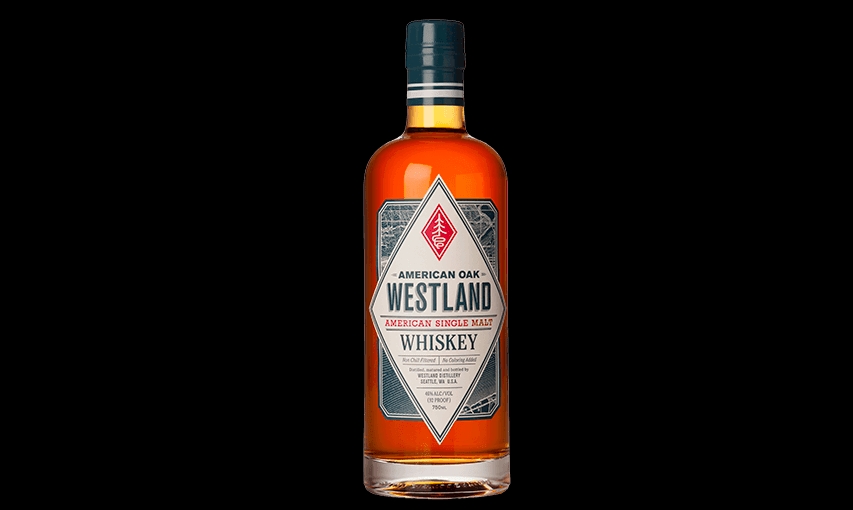
ABV: 46%
Average Price: $75
The Whiskey:
This Seattle whiskey is made with five types of barley from Washington state: Munich, Extra Special, Brown, Pale Chocolate, and Washington Select Pale malts. Those malts are all processed locally and then mixed with classic Belgian ale yeasts for fermentation. The distillate is then triple-barreled in new American oak, Cooper’s Reserve new American oak, and first-fill ex-bourbon barrels. Finally, those barrels are blended, proofed down, and bottled as-is.
Bottom Line:
This felt like it got a little lost on the palate while the water/proofing washed out the end a tad bit. It’s not bad at all, it’s just not that astounding when stacked up against these particular whiskeys either.
6. The Balvenie 12 Double Oak — Taste 7
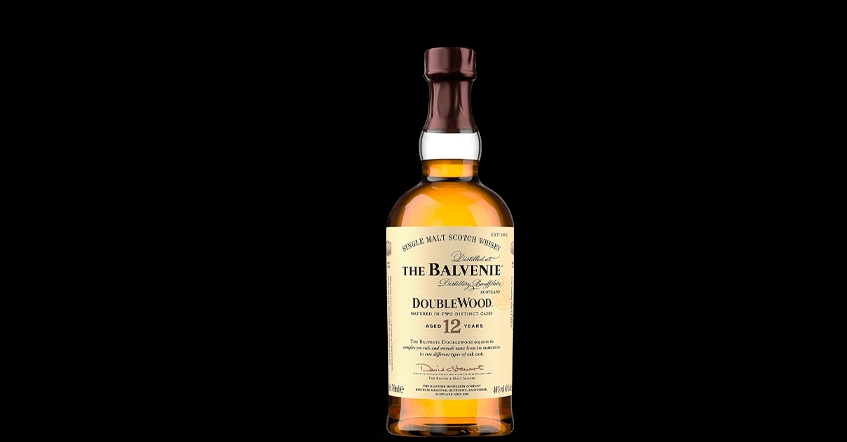
ABV: 43%
Average Price: $70
The Whisky:
This is the whisky that launched the “double aging” trend back in 1982. This unpeated single malt spends 12 years mellowing in ex-bourbon casks before it’s transferred to ex-sherry casks for a final maturation of nine months. Finally, the whisky is vatted in a “tun” where it rests for three to four months before proofing and bottling.
Bottom Line:
This was good stuff. But, let’s be real, this is great for awesome cocktails way more than sipping. Sure, it’d be great on the rocks, but I’m looking for “wow” and not “yeah, that’s fine.”
5. Balcones Texas Single Malt Whisky — Taste 6
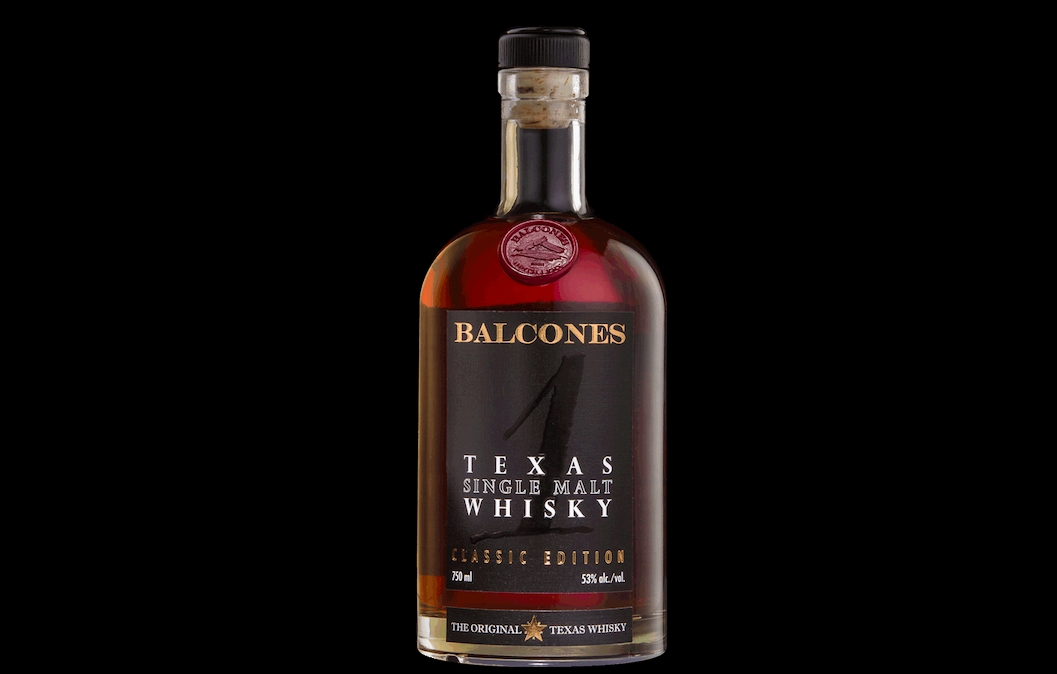
ABV: 53%
Average Price: $78
The Whisky:
This whisky is made with a lot of care. The juice is 100% malted barley imported from Scotland, specifically Scottish Golden Promise Malted Barley. The spirit then ages in a combination of barrels ranging from new and used American, French, and Hungarian oak. After a few years under the hot Waco sun, the barrels are vatted and bottled as-is with no fussing besides a touch of local water.
Bottom Line:
This was very much in the “hey, that’s nice!” section of the panel. I like it, but it needed some ice to really dig into it.
4. The Glenrothes 18 — Taste 5
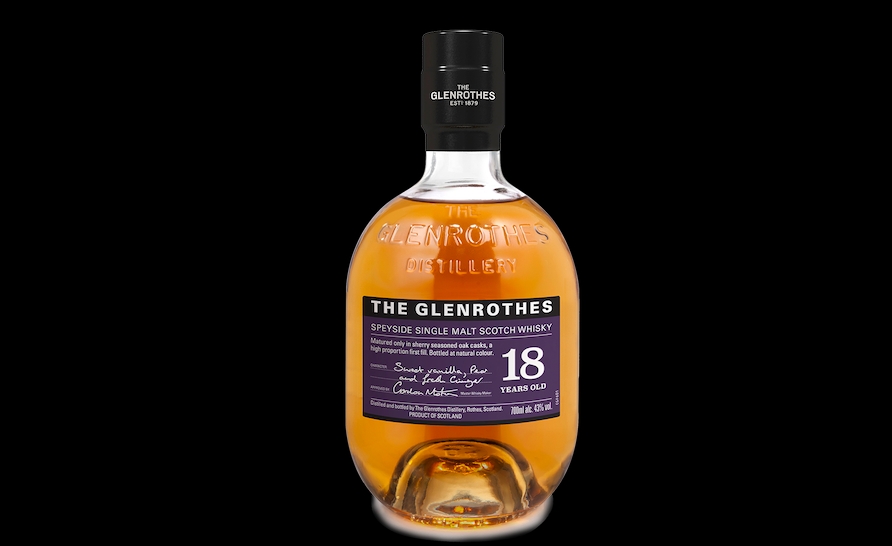
ABV: 43%
Average Price: $162
The Whisky:
This Speyside whisky is often crowned the “Best Speyside” whisky at spirits competitions. The juice in the bottle is a high portion of first-fill sherry casks, all of which spent 18 long years mellowing in The Glenrothes warehouses. Those barrels are then vatted and proofed down with local water before bottling without any coloring added.
Bottom Line:
Interesting. The oldest and most expensive whisky ended up right in the middle. This was pretty good stuff but didn’t wow me. I think a little water would have changed that. It feels like this needs a lot of time (and some water) to let it really bloom in the glass.
3. Glenmorangie The Original 10-Year — Taste 1
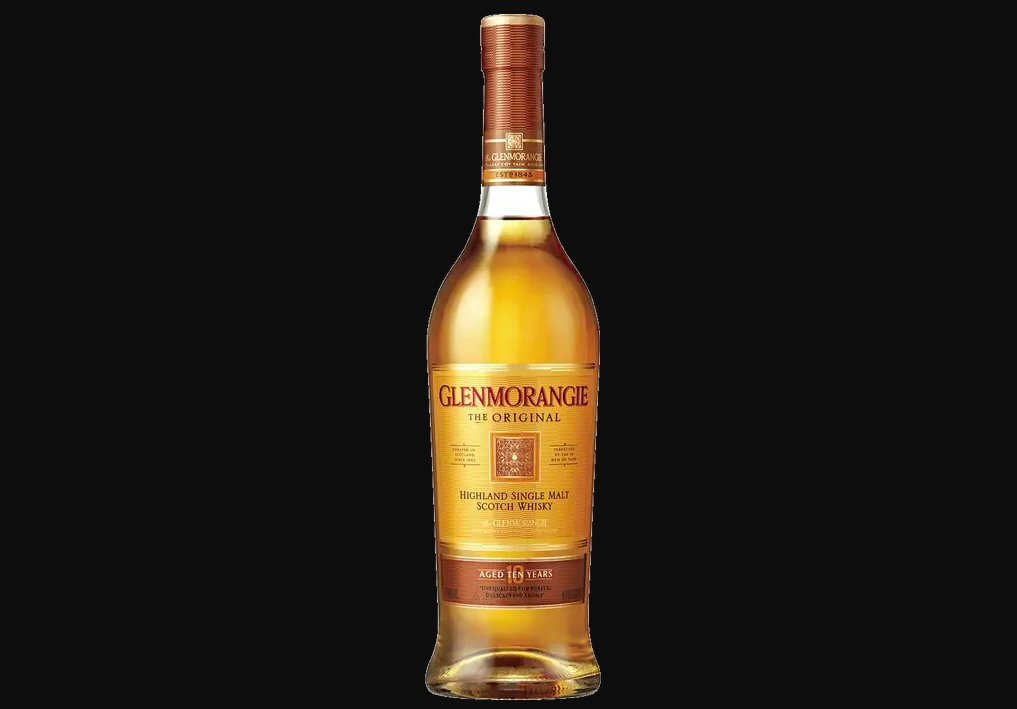
ABV: 43%
Average Price: $36
The Whisky:
The Glenmorangie is a classic Highlands single malt. The juice is created on the tallest stills in Scotland, which allows more spirit creation along the way as it’s boiled. The whisky then spends ten years mellowing in ex-bourbon barrels. Finally, the whiskey is vatted, proofed, and bottled.
Bottom Line:
This might be my favorite dram today. It’s so accessible and easy to drink. The only reason it’s in third and not first is that it wasn’t all that complex. It’s a very straightforward (and perfectly made) sweet single malt. There are no bells or whistles or “wow” moments. Sometimes you don’t need any of that, and that’s where this whisky shines.
2. Westward Whiskey American Single Malt — Taste 4
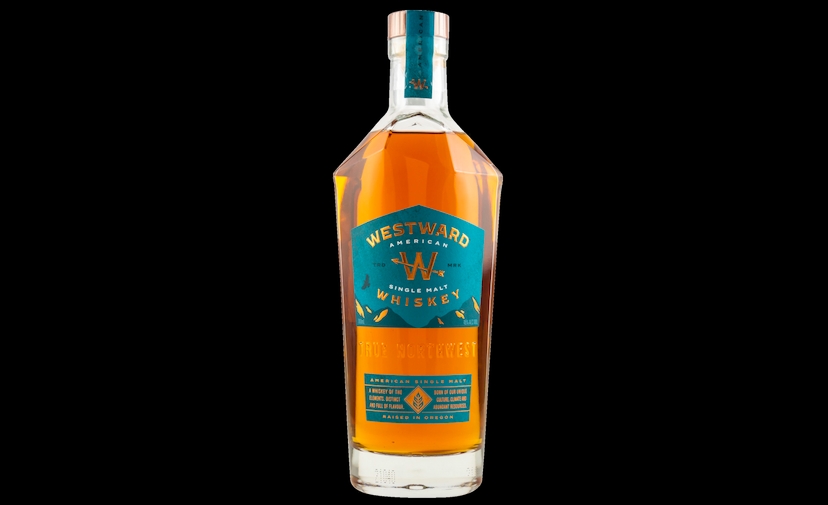
ABV: 45%
Average Price: $75
The Whiskey:
Portland’s Westward Whiskey has its roots in Pacific Northwest craft brewing culture (like most craft distilleries in the PNW). This juice is emblematic of how important the first step of whiskey is — the fermented mash that is basically beer — to the whiskey-making process. The whiskey spends a few years aging in new American oak, like bourbon, before tiny batches of five or six barrels are used to create this expression.
Bottom Line:
This was a contender! As I mentioned above, this has a point of view and stuck to it. It’s complex and still fun. It’s deep but light. It’s balanced. This is good stuff. And had my mood been a little different, this might have been number one.
Also, holy shit! An American single malt almost beat out the Scotch competition…
1. Speyburn 15 — Taste 2
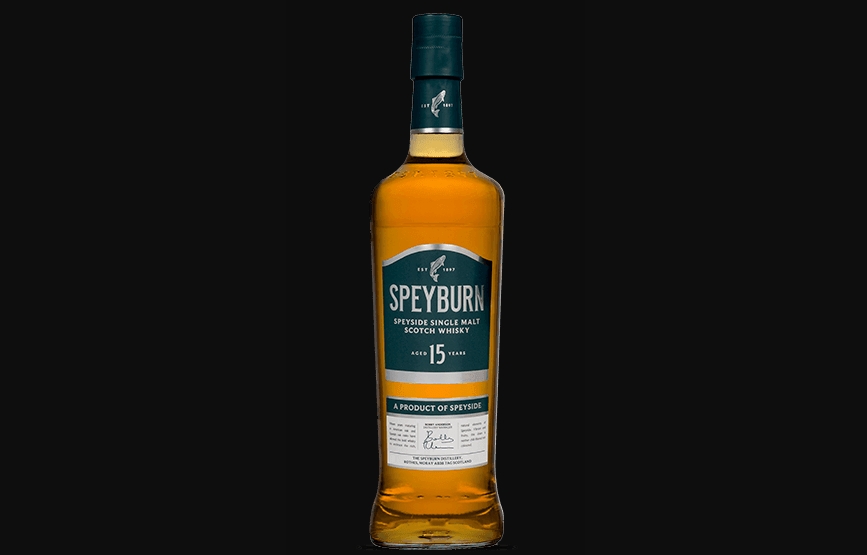
ABV: 46%
Average Price: $59
The Whisky:
Speyburn is an old-school Speyside whisky that was huge in the time of Queen Victoria and still wins award after award to this day. That long-lasting quality is due to slow whisky making just off the River Spey, where everything moves a little slower from the fermentation to the stills to the aging. The juice spends 15 years aging in both ex-bourbon and ex-sherry casks before vatting, proofing, and bottling without any filtration.
Bottom Line:
This was funky and interesting while still feeling extremely comforting and accessible. It’s a great balance to pull off, and helped this pour land in the number one spot pretty easily.
Part 3: Final Thoughts
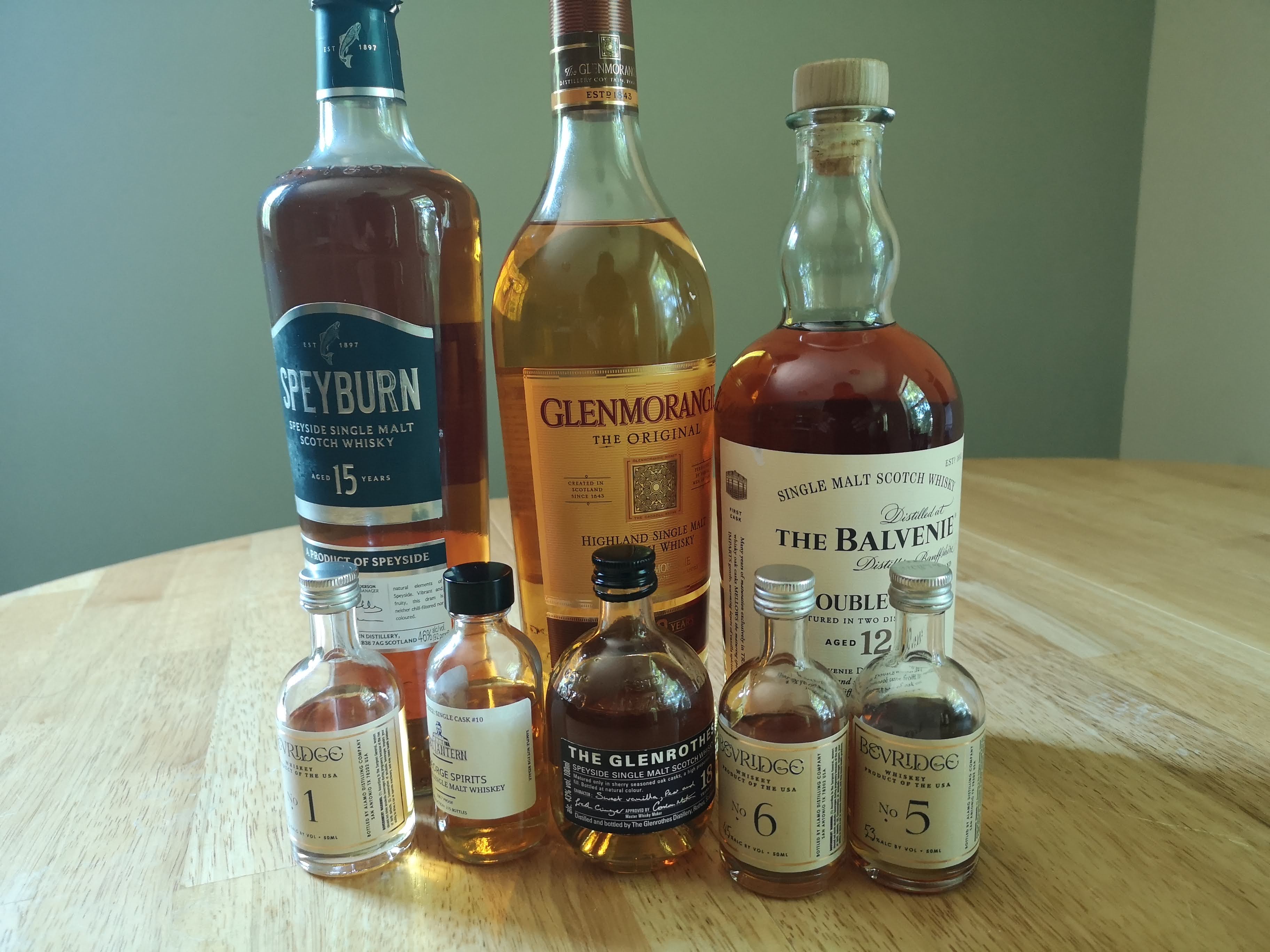
Well, there you go — American single malts can stand up to classic Scotch whisky. …Not always, but enough that they matter. Of course, these blind tastings are only small sample groups. I’ll do these, again and again, to see if more American single malts can muster the strength to beat out their progenitors from across the pond. Maybe I’ll grab some peated ASM whiskeys next time and see how those stack up against huge names from Islay and Skye…
In the end, that Westward bottle was the star of the show. It was so distinct while still feeling fresh and fun to drink. The Speyburn was on the same page. Fresh, fun, a little funky, but ultimately nourishing to the soul. Those two bottles are the real winners today.
